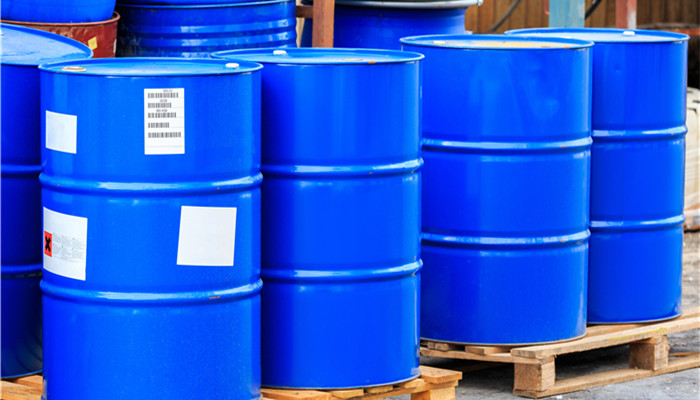
Competition in the bromobutyl rubber (BIIR) industry has eased, and the domestic BIIR market still has much room for development.
Bromobutyl rubber (BIIR), as an isobutylene-isoprene copolymer elastomer containing active bromine, has good air tightness, high shock absorption, aging resistance, weather resistance, ozone resistance and chemical resistance. It is gradually replacing ordinary butyl rubber in fields such as radial tires, bias tires, sidewalls, heat-resistant inner tubes, and pharmaceutical bottle stoppers. At the same time, bromobutyl rubber (BIIR) is used in hoses, tapes, waterproof membranes, adhesives, etc. The application volume in mixtures and other fields is also increasing, and the development and utilization prospects are very broad.
Before 2010, only the United States and Germany had bromobutyl rubber (BIIR) production technology in the world, and China relied entirely on imports of bromobutyl rubber (BIIR). In October 2010, Sinopec Yanshan Petrochemical Company’s 30,000 tons/year bromobutyl rubber plant built with independent technology was put into production, officially breaking the foreign monopoly.
In recent years, driven by downstream demand and policy support, domestic bromobutyl rubber (BIIR) production technology has made progress. In addition to Sinopec Yanshan Petrochemical Company, in 2019, Tsinghua University and Zhejiang Xinhui New Materials Co., Ltd. successfully developed a micro-reaction process for bromobutyl rubber synthesis, achieving a micro-reaction demonstration of 30,000 tons/year bromobutyl rubber. Production. In 2021, the first phase of the “150,000 tons/year bromobutyl rubber and supporting project” of Shandong Dongbo Zhongju New Materials Co., Ltd. was put into production and successfully launched. The first production line using polymer direct dissolution (PDD) technology.
According to the “2022-2027 Bromobutyl Rubber (BIIR) Industry Market In-depth Research and Investment Prospect Forecast Analysis Report” released by the Industrial Research Center shows that, generally speaking, due to the high production process requirements of bromobutyl rubber, the complex reaction process, and the strong toxicity and corrosiveness of the reaction process, currently there are very few domestic companies that have mastered the large-scale production technology of bromobutyl rubber. In the international market, manufacturers represented by ExxonMobil and Arlanxeo occupy about 70% of the global bromobutyl rubber market. In addition to the above-mentioned companies, PJSC Nizhne Kamskneftekhim and JSR are also important participants in the global bromobutyl rubber industry.
From the perspective of development prospects, my country’s tire production volume is large, and the demand for bromobutyl rubber (BIIR) in the tire industry is relatively strong. At the same time, in the field of medical rubber stoppers, the domestic medical rubber stopper industry is in a growth stage. As the pharmaceutical packaging industry develops in a more convenient, safer and more environmentally friendly direction, the demand for bromobutyl rubber (BIIR) in the medical rubber stopper field will gradually increase. freed.
In addition, Industry analysts said that compared with ExxonMobil and Arlanxeo, the bromobutyl rubber (BIIR) produced in my country is There is still room for improvement in terms of performance and quality stability. It will take some time for the bromobutyl rubber (BIIR) produced by newly entered companies represented by Shandong Dongbo Zhongju New Materials Co., Ltd. to gain market recognition.

 微信扫一扫打赏
微信扫一扫打赏

